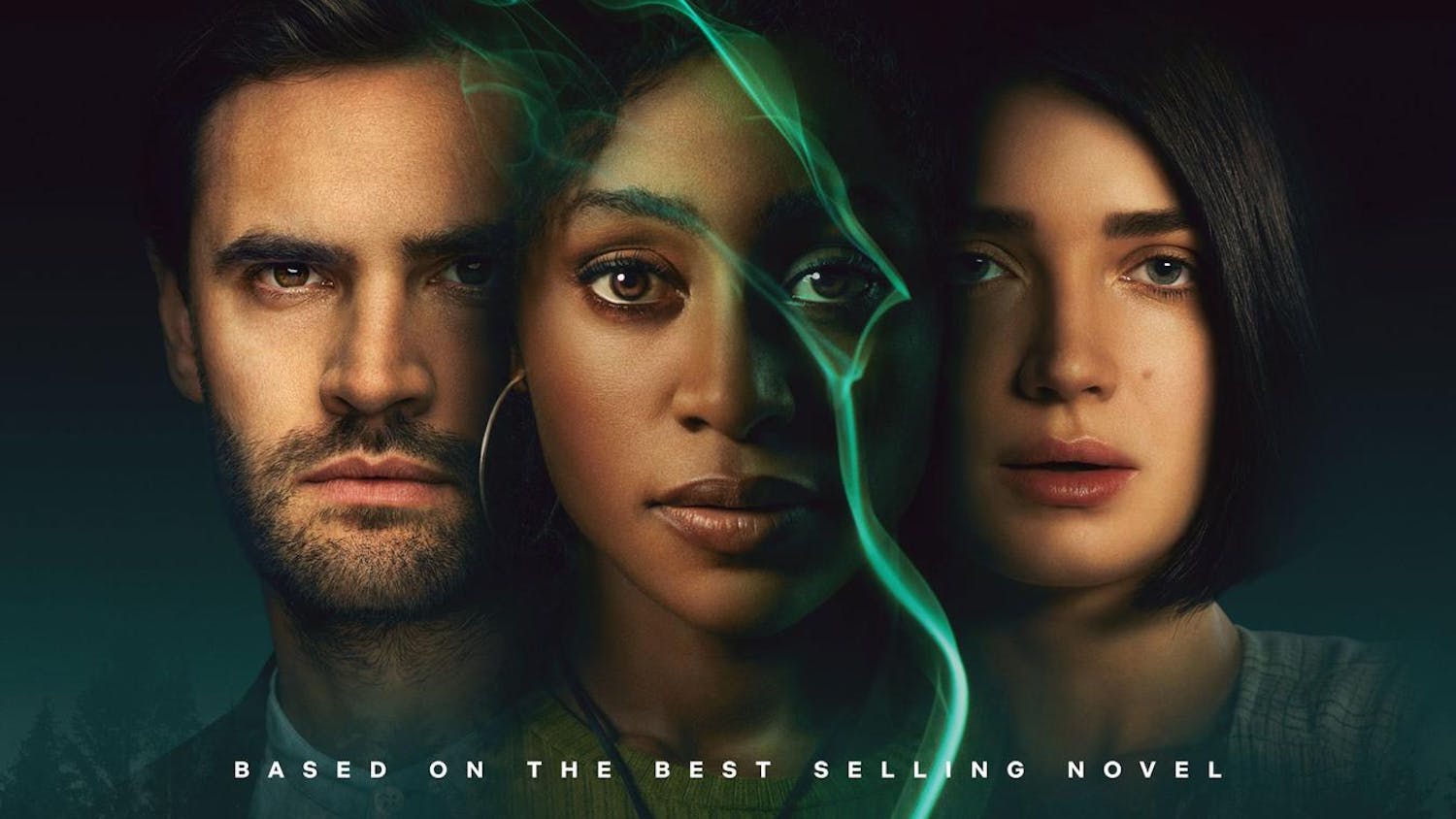When it was released in April of this year, Civil War captured the nation's attention with its dystopian vision of a future America: a post-ideological landscape in which debates over policies, politics and American exceptionalism have been rendered moot by a war. With the presidential election now just days away, it seems there's no better time to examine director Alex Garland's masterstroke of speculative fiction. The film is a what-if nightmare stoked by memories of Jan. 6, forcing us to confront the question: What if the nation was again broken by civil war?
Civil War opens in the closing stages of the war. The so-called “Western Forces” (California and Texas), as well as the “Southern Alliance” (Florida and other southern states), are rapidly closing in on Washington D.C., desperately defended by the last of the Federal Government under the control of a despotic president (Nick Offerman). Meanwhile, in a depopulated New York City, photojournalists Lee (Kirsten Dunst) and Joel (Wagner Moura) share their plan with a veteran reporter, Sammy (Stephen Henderson), to drive to D.C. and interview the president before he is captured and executed by secessionist forces. Shortly before hitting the road, young photographer Jessie (Cailee Spaeny) joins the trip, the eager young upstart taken under Lee’s reluctant wing. From there on out, the movie becomes a road trip tour of the war. Garland expertly exploits the tense emptiness of the land. Strangers are potential threats, and pretty country roads have become ominously ambiguous byways. As the journey continues, the encounters of the four reporters slowly construct the bigger picture. The dollar is near-worthless, the F.B.I. is gone and the president authorizes airstrikes on citizens — but for the most part, Garland focuses on the journalists and the violence they encounter.
While Civil War feels relentlessly brutal, many contemporary action movies are far more overtly gruesome, partly because gratuitous violence is one-way unimaginative directors can leave an impression while working with otherwise interchangeable material. Part of what makes the carnage here feel so unrelenting and palpably realistic is that Garland's visual approach doesn’t varnish the violence, turning it into a spectacle. Instead, violence appears shockingly casual. The non-chalantness with which Civil War handles violence sells its unpleasantness to the point it almost comes as a surprise. It’s an unpleasantness aided by the fact that no matter what happens to the protagonists, given the film's premise, a happy ending is impossible. Wisely, Garland avoids the Hollywood-entrenched inclination for happy endings, which even purportedly independent studios often maintain.
The movie’s incredibly plain yet intimate shot composition, focusing on faces, also makes each moment more emotionally impactful. The thousand-yard stare of veteran reporters like Lee constantly contrasts with Jessie's naively fearful face. With each passing mile, Jessie slowly becomes desensitized to the violence around her, mimicking her veteran company. By the end of their journey in D.C., Jessie acquires her own stare, unflinching in the face of gunfire and completely blank-faced as she watches Lee, and then, eventually, the president gets killed within inches of her camera lens. In these moments Civil War shrewdly communicates both the addictive nature of the rush of combat as well as its subconscious psychological toll. It is right up there with Coppola's Apocalypse Now in how well it depicts the mental costs of war. Garland didn't want to portray this war as a straightforward narrative arc but as an intrinsic part of the nation’s psyche. It's a subtle suggestion that a country in constant search of enemies may eventually turn on itself.
Unlike most war films, which often rely on heavy contextualization to create tension, Civil War leaves expositional dialogue by the wayside. It avoids overt political commentary, focusing instead on the struggle for mental and physical survival amidst chaos. We never learn the specifics of why the war began. We get clues, but we never learn the objectives of the other powers at play. We are not informed of any specific motivations or political stances. Even at the very end of the film, when Jessie and Joel succeed in reaching the president and ask him for “a quote,” the terrified president can only spit out, “Please don’t kill me,” while he faces his inevitable execution. There is no last great speech, only a human reaction, the desire not to die. Some see this as a missed opportunity for Civil War to engage meaningfully with our current polarized politics and to take a stance, but honestly, I think Garland made the right choice. By omitting specifics, Garland deliberately highlights the universal devastation of conflict without trying to overly moralize. The opaque politics of Civil War also helped it to bridge the partisan gap and attract audiences from both the left and the right. Exit interviews conducted for A24, the studio that produced the movie, found that half of moviegoers identified as “liberal” and half as “conservative.” Garland didn't want this film to be a self-fulfilling prophecy or pander to a particular political bloc. He wanted a general wake-up call. Garland wants us to know that if America is to go to war with itself, it will be because of the inertia of partisanship, not because of the specific views of the left or the right.
James Palm is a sophomore in the College of Arts and Sciences. He can be reached at jgp99@cornell.edu.











